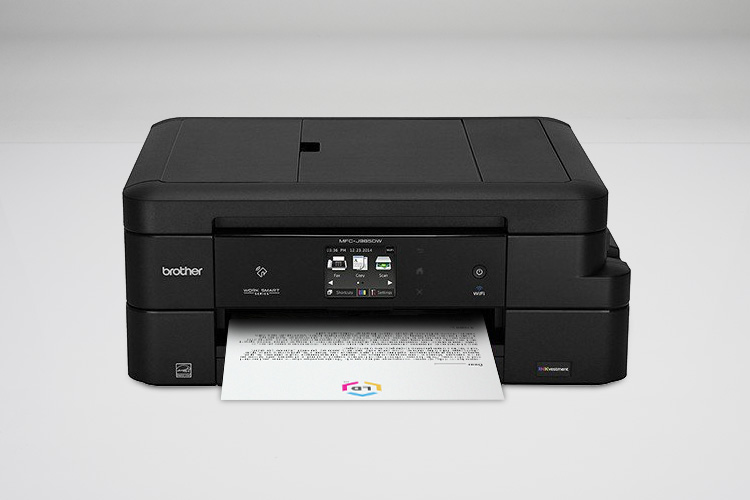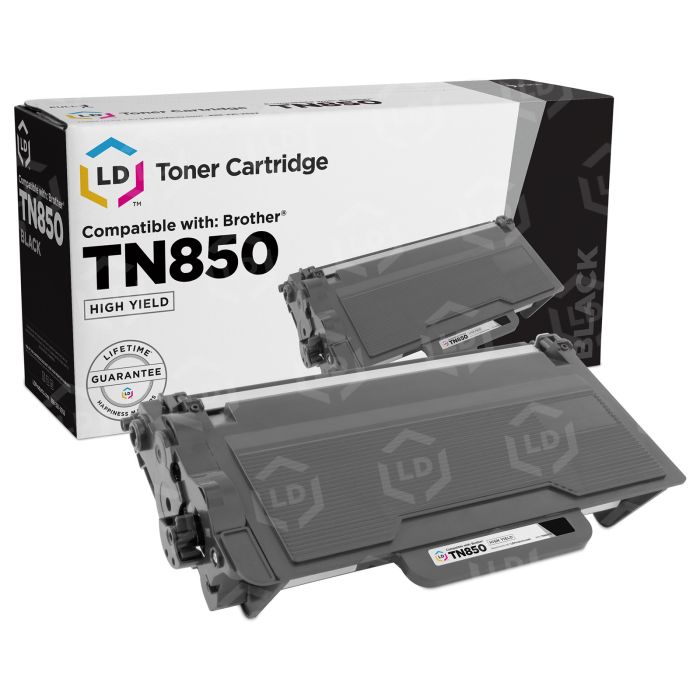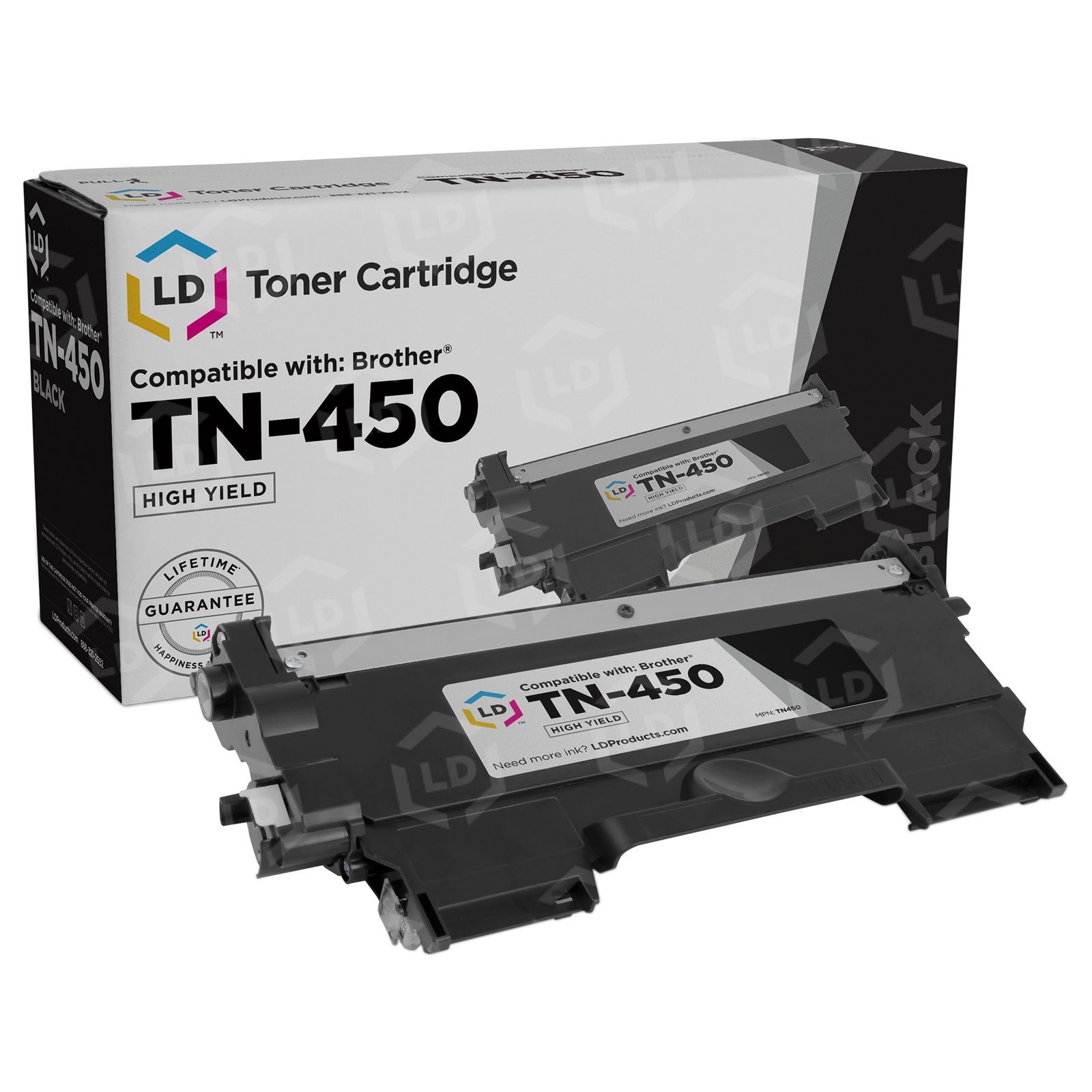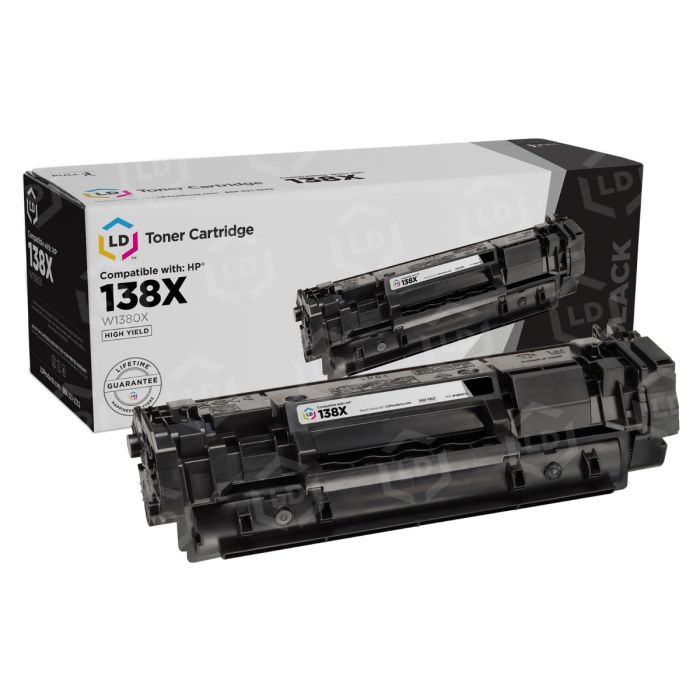There are a lot of misconceptions when it comes to printing. In an effort debunk some of the most common printing myths we’ve compiled the six most widespread, false facts associated with printing and why you should ignore them completely, or take them with a grain of salt. You’ll find that learning the truth behind some of these printing myths can save you time, money and unnecessary hassle.
1. You Should Stop Printing After You Receive a Low Ink Message From Your Printer
Most printers will display a low-ink warning asking you to change out the cartridge for a new one when, in fact, there is more ink remaining in the cartridge. Unfortunately – and frustratingly for the user – printers will display a low-ink message well before the ink level is critically low. To learn if your particular printer is issuing a premature low-ink warning, we recommend continuing to print after the message is displayed – you may be surprised as to how many more flawless prints your printer produces. Keep a new cartridge on hand and don’t switch out your old one until you observe the print quality start to decline.
2. The Page Yield Stated By the Manufacturer Will Deliver that Amount to the Very Page
Many people believe page yield to be a fixed number of how many printed pages they can expect to receive before the cartridge is depleted but, unfortunately, it’s not that simple. Printer manufacturers adhere to a measurement system put in place by The International Organization for Standardization (ISO) for determining page yield. This is done by putting the cartridge through a continuous print test until the ink begins to fade or is prevented from printing further on account of its low ink supply. The test is performed by completely covering 5% of each page with ink. This is the equivalent of a short, two to three paragraph memo double spaced with a font size of 12, which is roughly 1/3 of the page. If you generally only print text documents, you can divide the manufacturer’s stated yield by three for a more accurate approximation of how many printed pages you can expect.
Also, note that larger font sizes, images and graphics consume more ink and will greatly affect your page yield. Therefore, the manufacturer’s page yield is to be used as a general indication of how much production you’re likely to receive from your cartridge and is dependent on variables associated with the user’s printing preferences. Use page yield as a general gauge – not a firm number of how many printed pages you’ll receive before your cartridge is depleted of ink or toner.
3. You Should Only Use Cartridges that Were Created by the Printer Manufacturer
Many printer manufacturers claim that using aftermarket cartridges will produce a poor output quality, or even permanently damage the printer. Although some aftermarket suppliers are guilty of producing cartridges of subpar quality, not all of them should be dismissed so quickly. Reputable vendors that offer quality assurance by way of a warranty will deliver prints on par with printer manufacturer quality.
4. OEM Cartridges Produce a Higher Page Yield than Aftermarket Cartridges
If you purchase an aftermarket cartridge from a reputable third-party supplier, not only will you receive a print quality that is comparable to the original, but you’ll also receive the same page yield. Legitimate aftermarket suppliers follow ISO protocol just like printer manufacturer’s do. In fact, some aftermarket cartridges offer a higher page yield. This is made possible by simply supplying the cartridge with more ink or toner during the manufacturing or refurbishing process. According to PC World, “Our tests show that all third-party ink in our test group yielded more prints per cartridge – on top of costing less…”
5. Aftermarket Cartridges Will Void Your Printer’s Warranty
Some people are under the impression that using print cartridges that weren’t manufactured by the printer company can void their printer warranty should something happen to the printer. This is simply false. Your freedom to use compatible or third-party products are protected under the Magnuson-Moss Warranty Improvement Act, which prohibits a manufacturer from denying you service or a refund that would have otherwise been covered simply because you use a compatible product.
6. Poor Quality Output is Always the Result of a Defective Print Cartridge
Often times, people will believe faded prints, streaks and smears to be the result of a defective cartridge, or one that is nearly depleted of ink, but this isn’t always the case. Before automatically assuming your cartridge is defective because the output quality is poor, try running your printer’s cartridge cleaning function, which will help to wick out any ink that may be clogged and preventing it from printing as it should. If you’re running into similar issues with a toner cartridge, try gently rocking the cartridge back and forth. This will help to evenly distribute toner that may be stuck on one end of the cartridge. If your printing woes continue to persist, contact the company’s troubleshooting department for assistance.












Leave a Reply